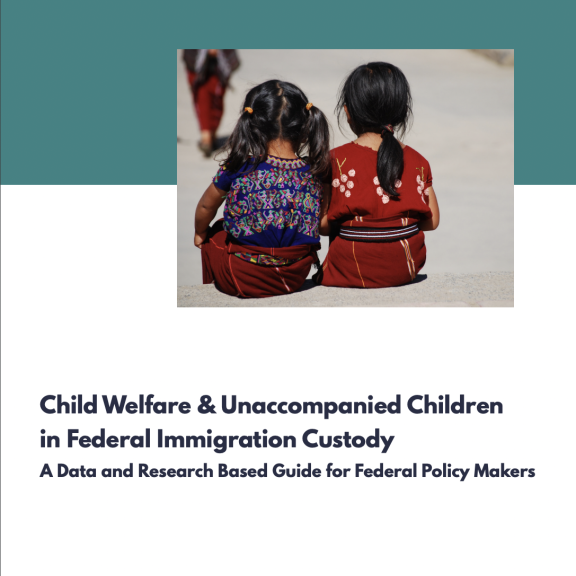Reports
Child Welfare & Unaccompanied Children in Federal Immigration Custody - A Data and Research Based Guide for Federal Policy Makers
This congressional report summarizes new data analysis, child welfare research, and two decades of lessons learned from implementing the Flores Settlement Agreement. The briefing is organized around seven basic child welfare principles and offers discrete recommendations for changes in practice that will allow federal policy makers to animate these principles for unaccompanied children.
New data analysis in the briefing shows the following:
- Between January 2018 and September 2019, more than half of the unaccompanied children in ORR facilities were detained in facilities that held over two hundred children. (Page 9)
- Thirty-three ORR facilities regularly hold more than 100 children at a time. By contrast, in the state child welfare context, foster care group homes typically house between 7 to 12 children. (Page 9)
- Unaccompanied children who are stepped-up to restrictive placements remain in ORR custody much longer on average than unaccompanied children in shelter settings. In September 2019, the average length of detention for discharged children who were placed only in ORR shelters was 52 days. In comparison, discharged children who had any placement in staff-secure or secure facilities were detained an average of 198 days, and discharged children who had any placement in residential treatment centers or therapeutic placements were detained an average of 243 days. (Page 16)
- There is significant variation in children’s average length of detention between different ORR shelters - the average length of detention between ORR shelters ranged from a low of 31.4 days to a high of 96.2 days. (Page 6)



